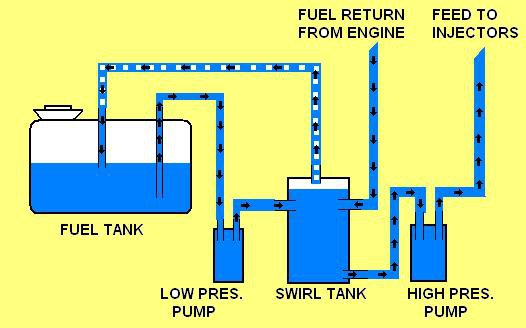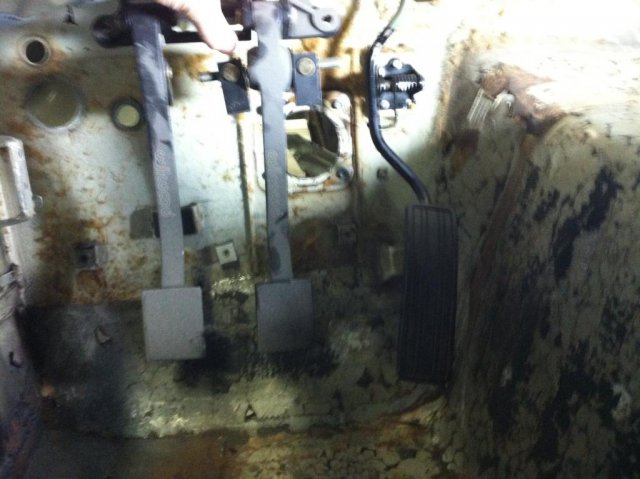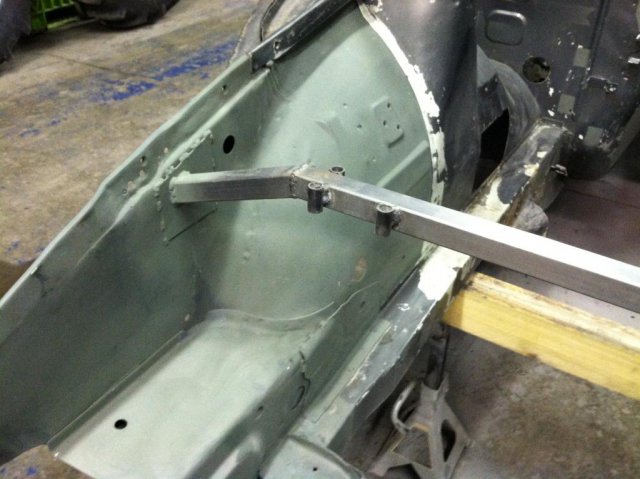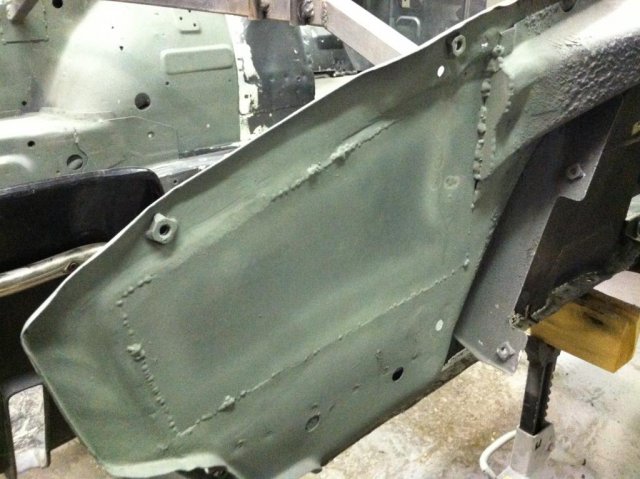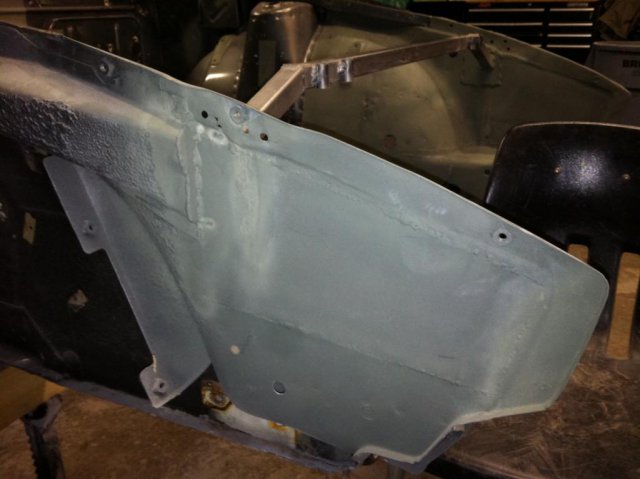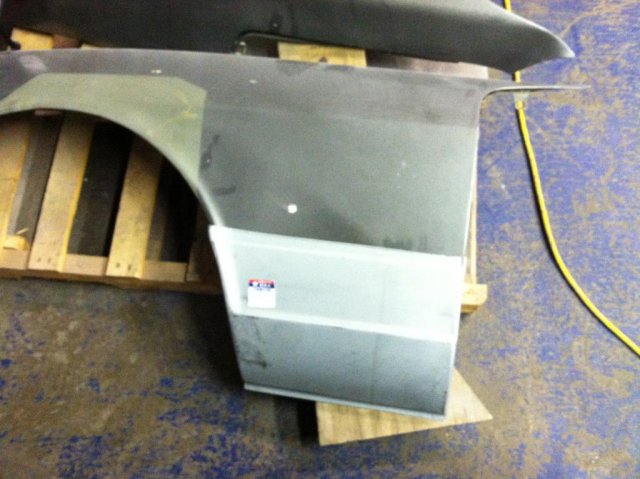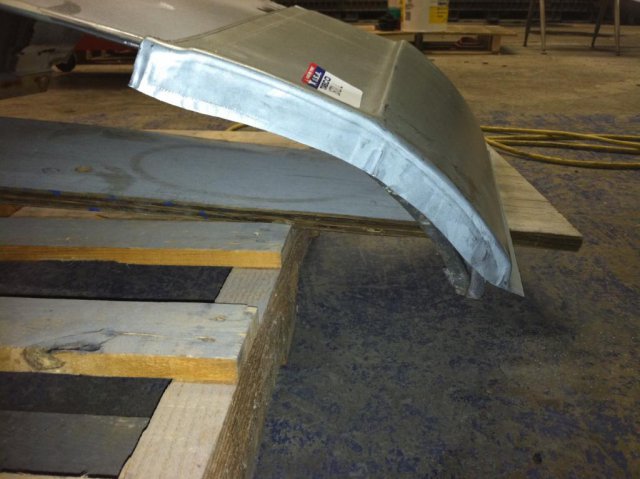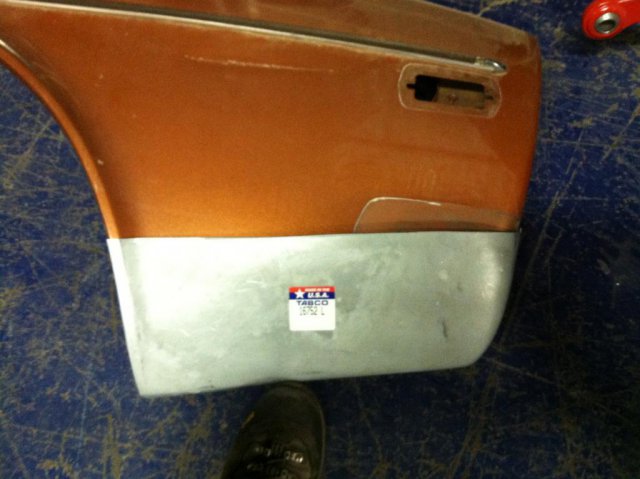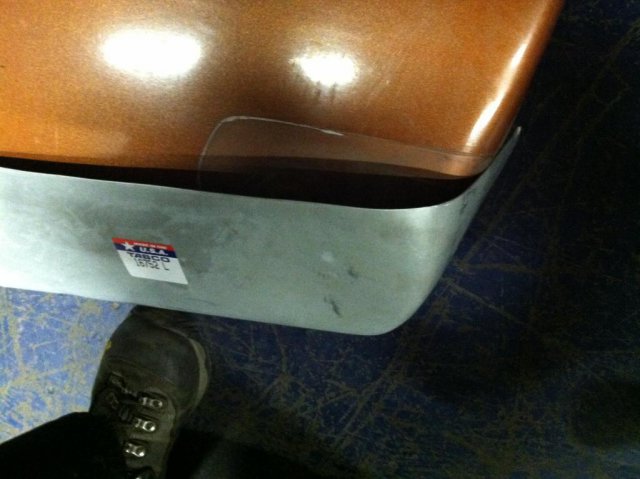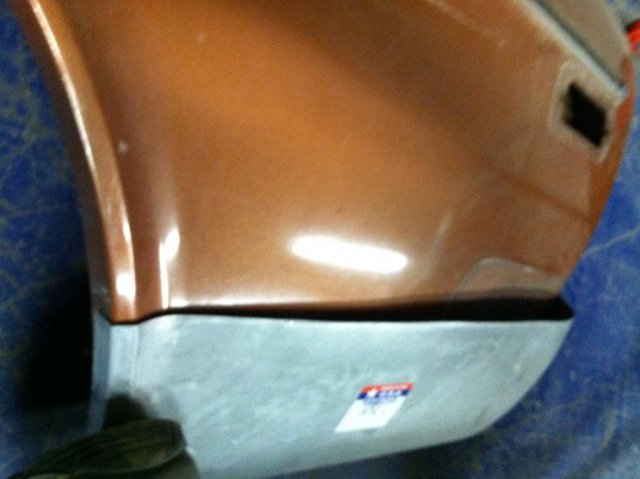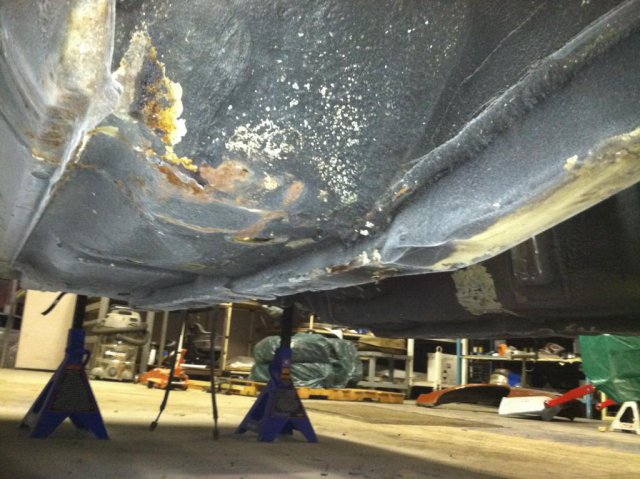
WizardBlack
Donating Members-
Posts
1444 -
Joined
-
Last visited
-
Days Won
2
Content Type
Profiles
Forums
Blogs
Events
Gallery
Downloads
Store
Everything posted by WizardBlack
-
Is it the same as a 280Z? I have one of those...
-
Bend it cold and slow over the appropriate radius.
-
Look on the SAU forum or somesuch where they get tons of RB's. Where are you getting an RB25 turbo that is not all messed up?
-
Gland nut washers use or do not 75 280z
WizardBlack replied to hwvigo's topic in Brakes, Wheels, Suspension and Chassis
You are just aiming to barely see some thread left when it gets tight. -
I think the menu bar at the top has a "More" pulldown that includes a donation link. http://forums.hybridz.org/donate/
-
Question on Fabricating Transmission mount / Driveline angles
WizardBlack replied to mtnickel's topic in Nissan RB Forum
Sounds good! I recall it sitting decently as well, but now I have to do it with a Q45 diff, etc. -
Well, I'd suspect that your 2JZ engine is less likely to be caned to death by previous owners since it's auto, but no guarantees of course. Service parts for the 2JZ have to be cheaper since it's a USA powerplant. I have my RB essentially swapped, but I could not get a single McKinney mount to work; he sent me three different ones and none worked. I have to fab my own. 2JZ owners can attest but I was under the impression that it was actually a pretty easy swap to physically fit in there. Standalone choices are better on a 2JZ. You can get an AEM and have plenty of ability to swap maps with other 2JZ owners. What are your goals? Walbro isn't going to cut it for either engine with serious goals. Maybe a swirlpot feeding two 044's, etc. IMHO the engines cost a premium for their capability, so I suspect you are planning to go past 400 whp. I would not bother with anything less than an R154. I would go single anyways on the RB to avoid any issues with the steering column. EDIT: I have an RB25 swapped. I used to run a speed shop as a tuner, so I am familiar with both engines previously. I also had a mkiv TT with 6 spd.
-
Question on Fabricating Transmission mount / Driveline angles
WizardBlack replied to mtnickel's topic in Nissan RB Forum
Don't use anything else for level as it doesn't matter. Just assume the flange on the diff is perpendicular to the 0* line for the diff and you should be able to use the shield on the trans if it isn't borked for that side or else something other than that. If the trans is off, you could use your angle finder on the front flange and compare it to the output shield to figure if its offset at all and then put that in your calculations. You can then use those two numbers (or three if you need an adjustment on the trans output shroud) to get your trans mount and engine mount shims dialed in to achieve the same angle for both for trans and diff. From there, you can use string lines on the shimmed powertrain to figure what your included angle will be. I had an SAE master tech helping me and its been a while, but I do recall that much. The big part in his mind was getting both angles the same and getting as close as you could on the 3* range. I think in his mind the recommendations for OEM and silent 100,000 mile performance were a little stricter than necessary for a car like an S30/RB setup. -
I am not looking for exact fuel settings or anything. I just want to confirm that I have a map with the proper CAS settings, etc.
-
The 280 is undoubtedly heavier. If you strip the car down just to the shell (as I have) I think you will find that it is still heavier for the reasons listed above (longer frame rails, thicker metal, reinforced firewall at pedals, etc.). If you run a track car, I would assert that most of that (marginal) weight difference is in things that are an advantage. The balance of the weight difference is in powertrain (EFI, etc.), bumpers (most remove them), etc. If you are going to have a bone stock car, you probably don't worry about the weight. Otherwise most of the weight can be either removed or components can be substituted for lighter versions (steering rack). The 280 shell can easily be lifted by three guys. One of the only big issues I have had is the doors themselves are heavily reinforced. If you cage it, it'd be good to strip them down.
-
And some previous threads: http://forums.hybridz.org/topic/90172-surge-tank-placement/?hl=%2Bswirl+%2Bpot&do=findComment&comment=855580 http://forums.hybridz.org/topic/104550-fuel-surge-tankswirl-pot/?hl=%2Bswirl+%2Bpot
-
-
If anything, you can run smaller line from the in-tank to the swirl pot since it's not pressurized. You need -8 to the front at least. On a swirl pot with a return system (which I recommend), you have feed and return between tank and pot and you have feed and return between pot and engine. The in-tank pump will pump up to the swirl pot and when it fills up, the excess goes back to the tank. This overflow line is obviously at the top of the pot. The fact that the swirl pot is not pressurized (because the overflow lets the rest go out) is why the in-tank pump will push so much fuel; it's essentially open discharge into the swirl pot. The feed into the pot is typically at the bottom. The output from the swirl pot pump is wherever the pump fitment puts it. The return from the engine should be close to the return to the tank so the warm fuel coming back from the engine is preferentially sent back to the fuel tank. Search all this, it's been posted up and linked, etc. E85 requires you to pump 39% more volume to get the same energy input. Granted, turbo cars and knock resistance benefits are going to narrow that gap a little bit, but otherwise 40% is a safe estimate. http://en.wikipedia.org/wiki/Gasoline_gallon_equivalent
-
Where is the sticky about these turbos!??! Do you really want something that cost maybe $100 to make to be contaminating your oil and force feeding your precious engine with air?? It can easily cost you ten times the price if it fails a certain way. Do a Holset if you want cheap.
- 14 replies
-
That sounds like incredibly useful information you should share. If something bent a rod, I would blacklist everything until I confirmed it was working.
-
Pull the injectors and have them tested. Check your oil for level and fuel content. Test if you can turn it over completely by hand. Do a compression test. Check the ECU for fuel control.
-
Hydrolocked and turning it over would result in a broken motor.
-
Question on Fabricating Transmission mount / Driveline angles
WizardBlack replied to mtnickel's topic in Nissan RB Forum
I was thinking of something that replicates the seat mounts and runs to the inner rocker panel mount, just like the seat mounts. That spreads the force across the entire floorpan and also ties in those rockers which is where a lot of the strength is. I suspect it will obviously also tie in the frame rails as a bonus. -
Leave it, it's fine. The TIG pass will not really gain you anything you will ever notice and could possibly cost you a block. Do you really want to open yourself to another big expense from not being careful with a TIG torch? Lets not even talk about heat treating variations, etc.
-
WizardBlack's '77 280Z 'street' car
WizardBlack replied to WizardBlack's topic in S30 Series - 240z, 260z, 280z
Another project I am tinkering with is a Wilwood dual master pedal set. It has a clutch pedal with hookup for a master and a brake pedal with balancer bar and provision for a master for each front and rear. With this setup I could easily go to whatever size master cylinders I wanted for relatively cheap cost. One thing that some people do is remove the little sensor block that both front and rear lines flow through. It throws a light if you lost a brake line. What they don't realize is that while they like adding an aftermarket restrictor to the rear line to dial the brake balance, that stock piece also had a check valve to close off a brake channel if it was broken. Without it, you would feasibly lose all brakes. The dual reservoir setup provides two completely independent braking channels to have a more robust braking system. The pedal set is about $200 with no masters. IIRC the masters are circa $40 apiece. You have multiple options for front or rear facing and remote reservoir, etc. I am mostly just curious how I can fit this around the steering column and still have pedals place where they should be. Another option is to fab a new throttle that locates it over to the left a modest amount (maybe an inch) and that would stop from trying to make the Wilwood pedals hug the steering column to be spaced appropriately. I think having masters that are rear facing with remote reservoirs would be the cat's meow. I had a Toyota non-vented front and 240SX rear setup with 3/4" master and 240 brake booster (unknowingly swapped on me from a 280z booster when I bought a replacement at Autozone). I had to press hard enough for "lock them up" braking force to flex the firewall. I am now moving to all Wilwoods (probably superlight fronts and dynalight rears) so perhaps using the pedal box would be a good way to finish it out and make more room in the engine bay. Superlight calipers are a tad heavier, but feature more mass (heat sinking and strength) as well as much larger volume pads (more wear) despite being close is pad surface area. Some say that Dynalights are just too light for anything but drag racing. -
WizardBlack's '77 280Z 'street' car
WizardBlack replied to WizardBlack's topic in S30 Series - 240z, 260z, 280z
Another project I completed a while ago was patching out the stock hinge plates and replacing the upper core support. The upper had been substantially weakened by a silly attempt to run a tilted stock radiator. The neck interfered with the majority of the upper radiator core support so they hacked it off. I used a reinforcing plate at either inner fender and used 1" square tube for the upper core support replacement. I have sections of 1/4" hollow tubing welded to it for bolt installs of the radiator, intercooler and associated air ducting (which is mostly finished). I have had some non-HZ people say the support is too flimsy, but I intend to use rod-end braces from the core support to the front of the strut towers after the powertrain is sitting in place to avoid interference. I will also add some supports from strut towers to fire wall as well if I don't do that with a cage. I propose that the core support will be as strong as the stock piece when this is done. My lower is also bent a bit, but I will probably replace it with much heavier square tubing later on. The stock hinge replacement plates are butt welded in place. That was very difficult with a 110V welder on lowest setting. I would also propose that paying $1000 for an infinitely variable power 110V welder instead of a 'good' $500 stepped power welder is probably one of the best tool investments you could make for working with most of the metal components on a car. Even on the lowest setting, the typical Lincoln model is either way too cold or instantly blasts through the metal. I now have a Hobart welder which supposedly features better control. -
WizardBlack's '77 280Z 'street' car
WizardBlack replied to WizardBlack's topic in S30 Series - 240z, 260z, 280z
I have been collecting my body parts together for the big repair job. I want to try to do this in a faster manner than some of my last stages. I tried the Tabco dogleg panels in basic fitment. They seem to actually fit quite well in shape and curvature. The pinch weld needs bent in a bit more and trimmed so it is parallel with the ground, but that is not too bad. I did notice from all the Tabco panels that they seem to be formed from a mask made over the original part. All their panels seem to be able to fit OVER the existing pieces rather that fit in place of them. I am not sure how badly that could trip someone up. I also got a lower rear quarter repair panel. It is terrible and doesn't fit well at all. I will probably sell that one. I don't have the time or skills to work it in. Likewise, the lower fender repair panel lays neatly over the bottom of a stock fender, but that is mostly OK. The MSA rear lower panel (below tail light area) is only curved in the vertical plane. It does not curve out from left to center and back in from center to left. The panel could be fit in place since there is nothing that it welds to on the bottom (and the top is mostly straight). I suppose you might be able to work it with english wheel type tools, but the panel is very thick and heavy, so I am not sure that would work. I ended up buying a cutoff for that area. The replacement floor pans are very thick in comparison. So is the Bad Dog frame rails. In some manner I need to fabricate a reinforcement hoop around the trans tunnel where the RB trans will mount, so these parts are necessary for that, if not for replacing the few rust spots. Realistically I could merely do a ~8"x8" square on each floor pan and pull the frame rails back down where they are smashed in and I would be have acceptable strength for what they are, but I want it solid.

